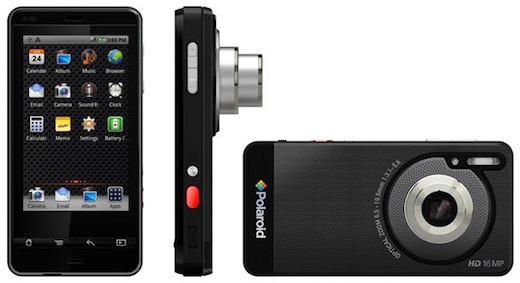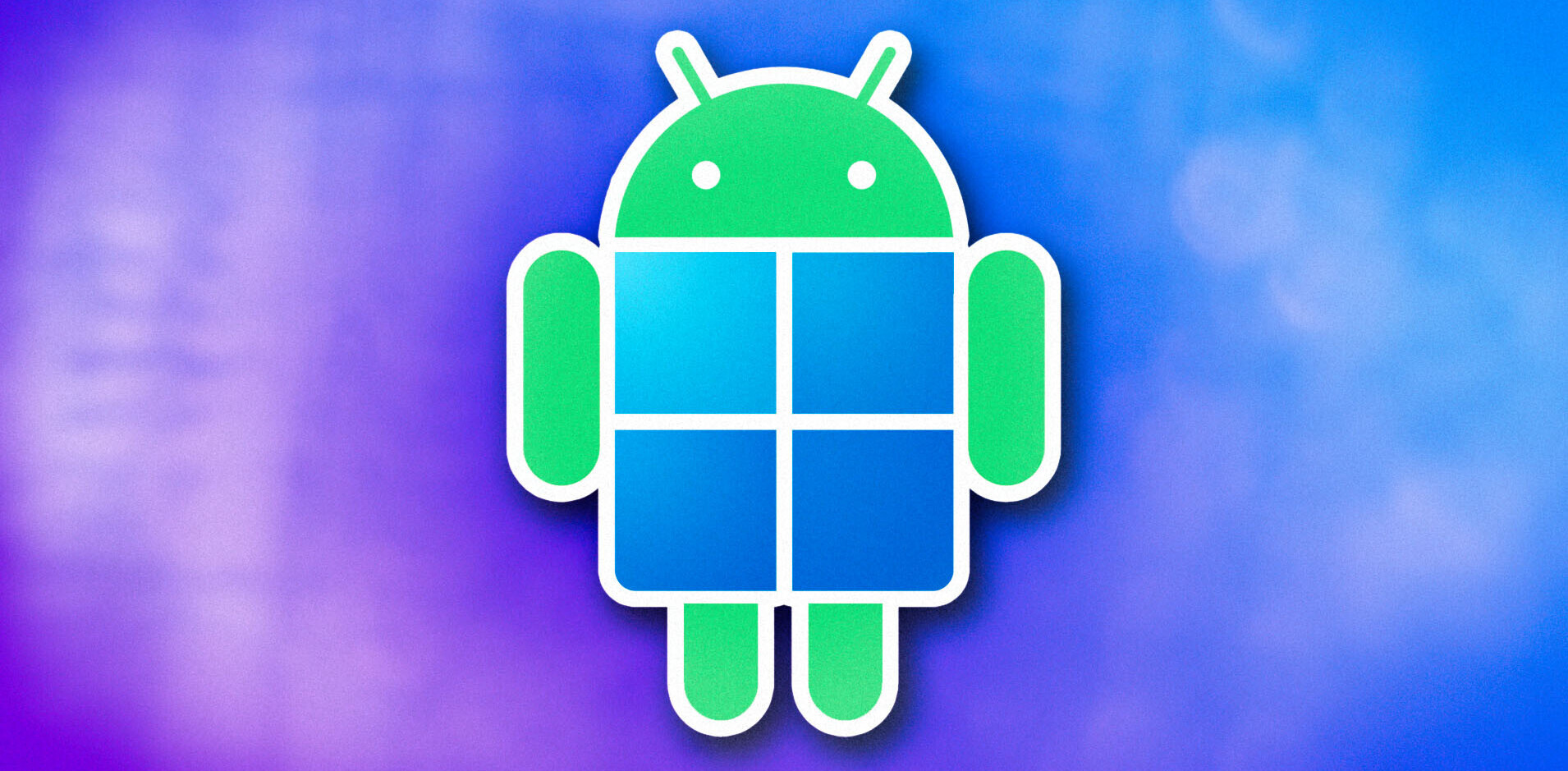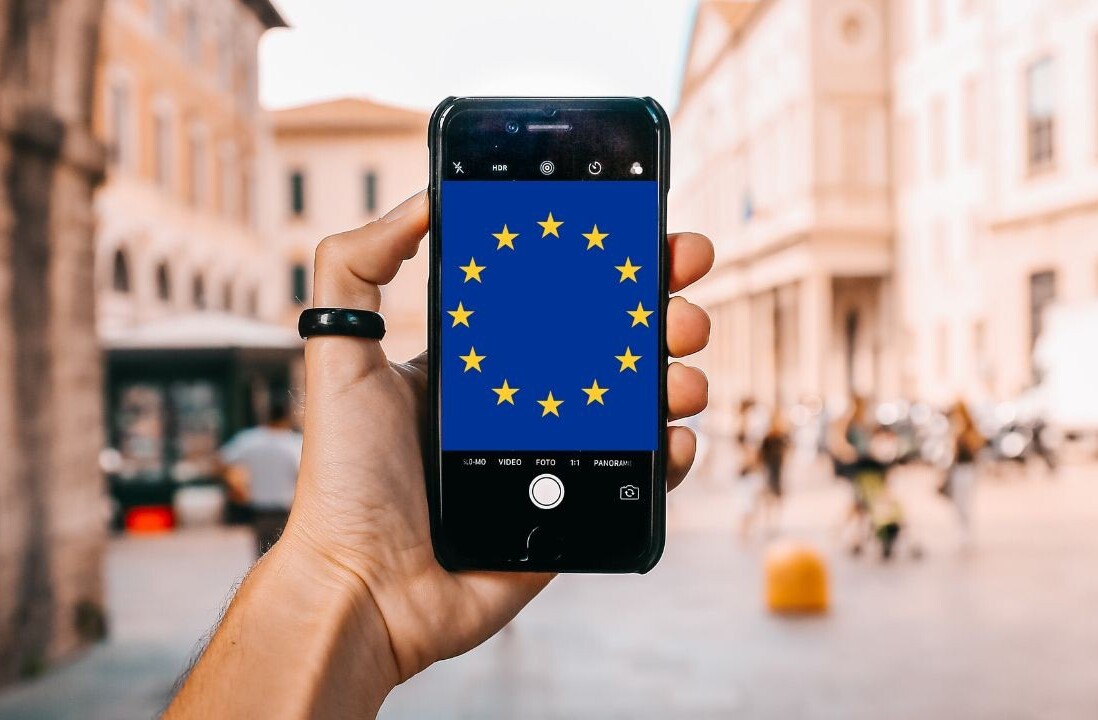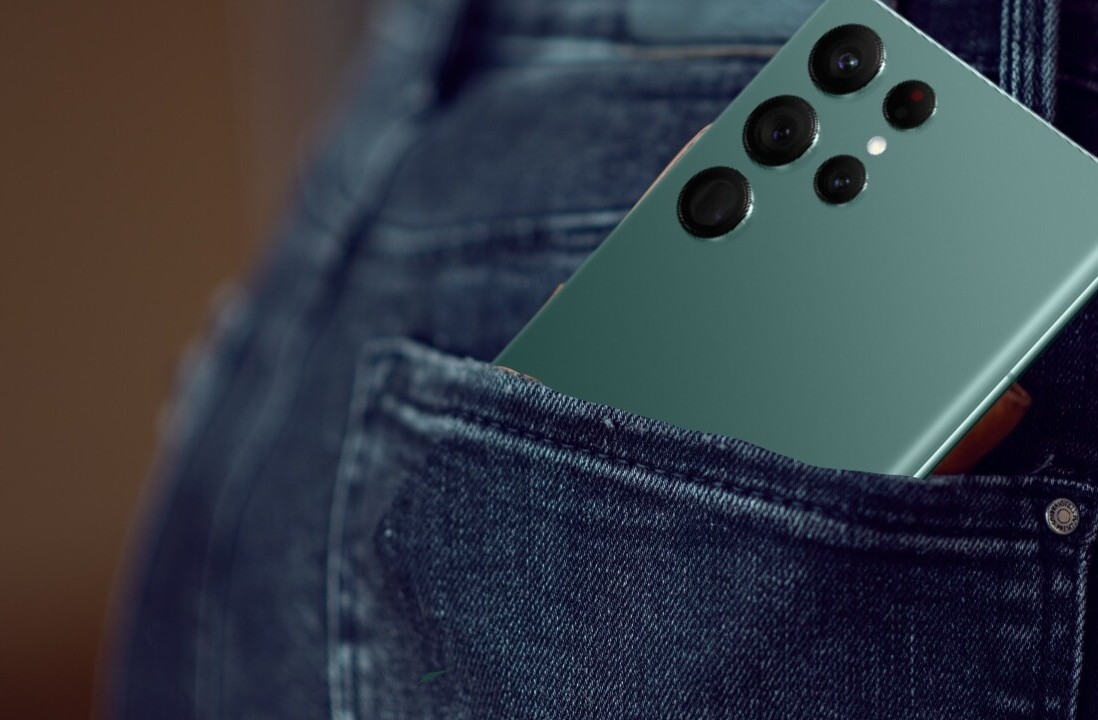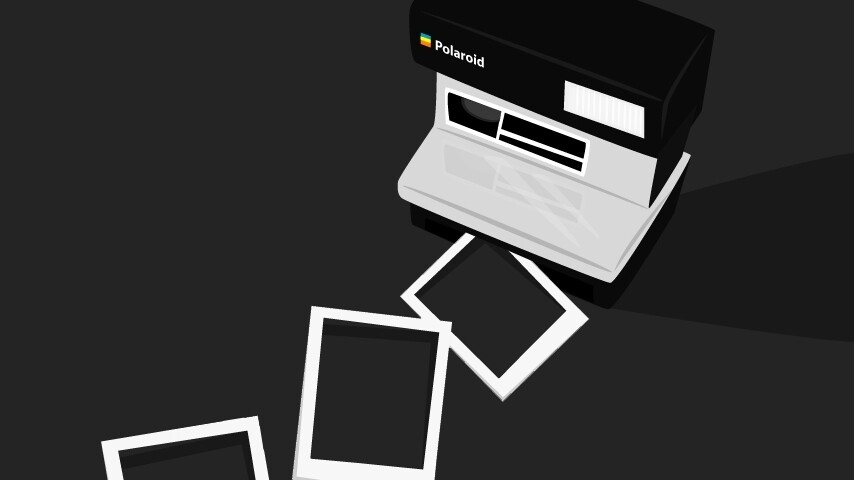
Since the demise of the Polaroid’s instant photography, we have been waiting with baited breath to see what the company is going to do next. A few days ago it launched the GL30 camera, the perfect combination of digital and retro, allowing users to shoot and print their photos on the go with one device.
The latest Polaroid offering is far more confusing, and dare I say, pointless. The Polaroid SC1630 is a digital camera, powered by Android, has a 3.2″ touchscreen, Wi-Fi connectivity, and geotagging. So basically, it’s a cameraphone without the phone.
The only advantage the SC1630 has over its smartphone counterparts is optical zoom. Even the 16 megapixels offered by Polaroid can be matched by the HTC Titan II, which we took a look at here. So is optical zoom enough of a pull to encourage users to carry 2 devices? I don’t think so.
Polaroid’s move comes across as confused, trying to break into a market, but coming in from an entirely wrong angle. If I’m going to shell out the rumoured $299 on an Android enabled camera, why wouldn’t I want a phone to go with that price tag?
In fact, when you take a closer look at the announcement’s fineprint, you’ll see that “cellular data connections” are optional, and Computerworld is reporting that you’ll be able to “make the occasional phone call” using the device.
Without the phone, it’s a digital camera which looks and runs like a smartphone, giving users access to all of the camera apps currently available in the Android App Market. With the phone – well then it’s a smartphone.
Polaroid appears to be caught up in something of a chicken and egg argument with itself. Is it a camera-phone or a phone-camera? They’re placing the emphasis on telling the consumer how to use the product, rather than focusing on what the product can actually do.
Attempting to convince an Android user to carry both an Android-powered phone and an Android-powered camera seems pretty futile, and the same can probably be said for any iPhone user out there.
With the phone option, it’s a smartphone with an optical lens. Now that is a pitch that I’d be far more interested in hearing about. One that would have users trading in their iPhone or Android handsets in favour of a Polaroid smartphone. Imagine a smartphone loaded with camera apps developed by a company that knows quite a bit about photography, and vintage photography at that. If anyone can give Instagram a run for their money in the vintage photography scene, it just might be Polaroid.
Get the TNW newsletter
Get the most important tech news in your inbox each week.
